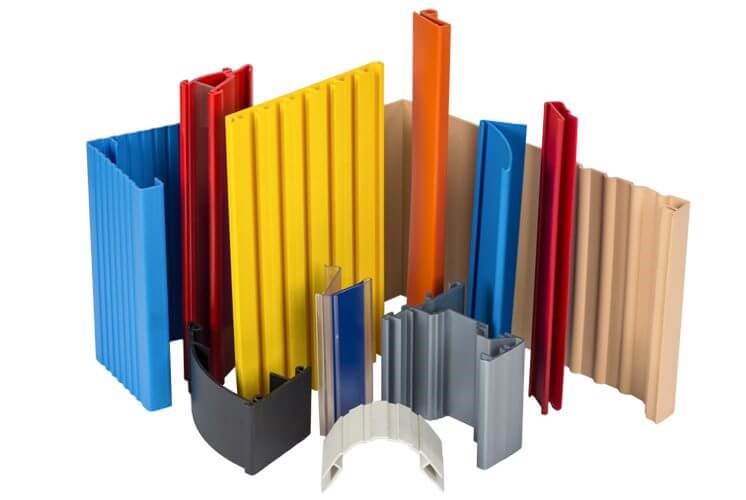
Right from your design to rapid prototyping, there are so many options to choose from when it comes to selecting the right process for your prototyping. Since the performance and design of a product is based on how well its prototype was created, it becomes necessary that you conduct research before finalizing the right process to create your prototype.
To help you make the right choice, here are a few tips for you.
1. Set and prioritize goals:
The first thing you need to know is what you want to achieve in the end. So, define your goals and prioritize them properly. It should include a variety of factors, such as delivery, cost, accuracy, quantity, surface finish, and material. Once you know all such things, you can easily start narrowing down the available options.
2. Timeline:
You might be surprised but it is true
that the first priority should be given to when you need the final prototype.
In case you need the prototype the same day, it means you are going to need to
set a geographic radius or find a service provider who can start working on
your project right away rather than indulging in orders of previous
clients.
Getting your prototype quickly is not
solely based on the type of process but also about machine loading and
readiness of your supplier whether your supplier is ready to go to the extra
mile and willing to make things happen.
3. Budget and Costing:
The next thing you need to set is budget. How much you can afford defines which of the processes is suitable for your order. The range of modern printers and machinery vary with a great margin. Plus, your budget will also affect your choice of material, accuracy level, and quality. So, it is important to know your budget and cost that you can afford for the prototyping process.
4. Quantity:
The next thing you need to prioritize is the quantity. Quantity of prototypes will also have an impact on the process selection due to different parameters, for instance, the associated cost and timescales. The quantity that can be generated is often based on material, geometry of prototype, and surface finish requirements. So, you should know the required quantity to get an idea whether you should choose SLA 3D printing, plastic extrusion prototyping process or some other process.
5. Accuracy and Surface Finish:
The accuracy of a prototype can vary based on manufacturing method, prototype design, orientation, and monitoring. Besides, the application of the final product created based on the prototype also plays a vital role. The application may affect and generate specific requirements for the product, such as, to fit into another product. In case the layer thickness is greater than the desired accuracy, then orientation becomes important and must be specified before deciding the right process.
On the other hand, desired surface finish may depend on the type of process, material, and calibration. If you need your products to be glossy smooth, you will need a process that results in gloss finish to achieve the goal. In some applications, such as airflow modeling and cosmetics, one cannot compromise with the surface finish feature.
Once you know all these factors well in advance, it would become too easy when it comes to selection of prototyping process.
















